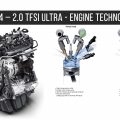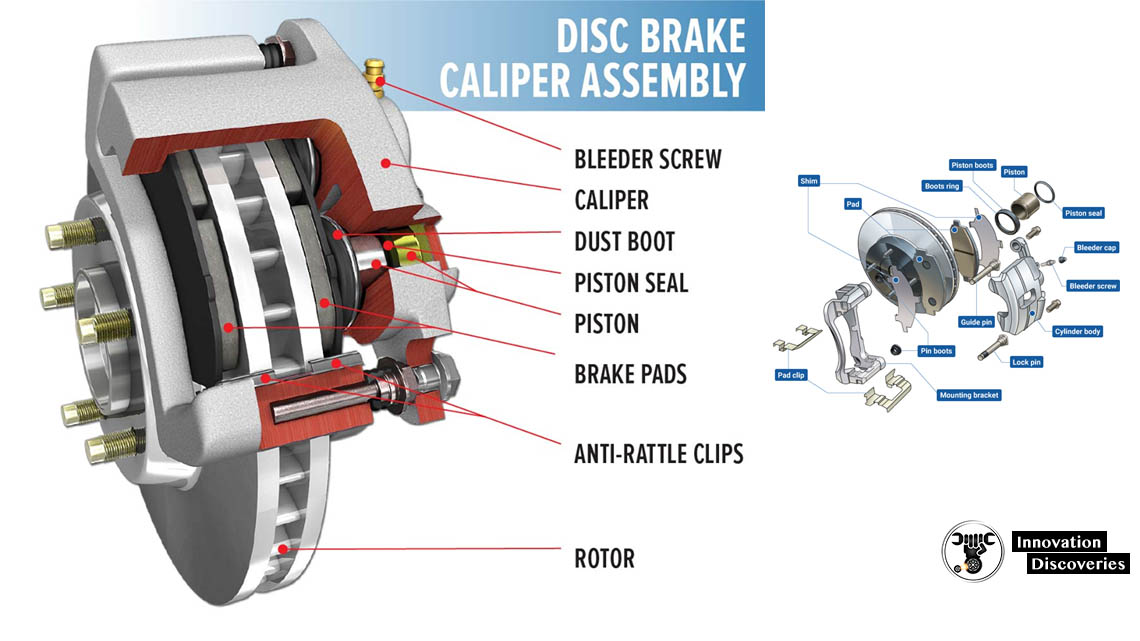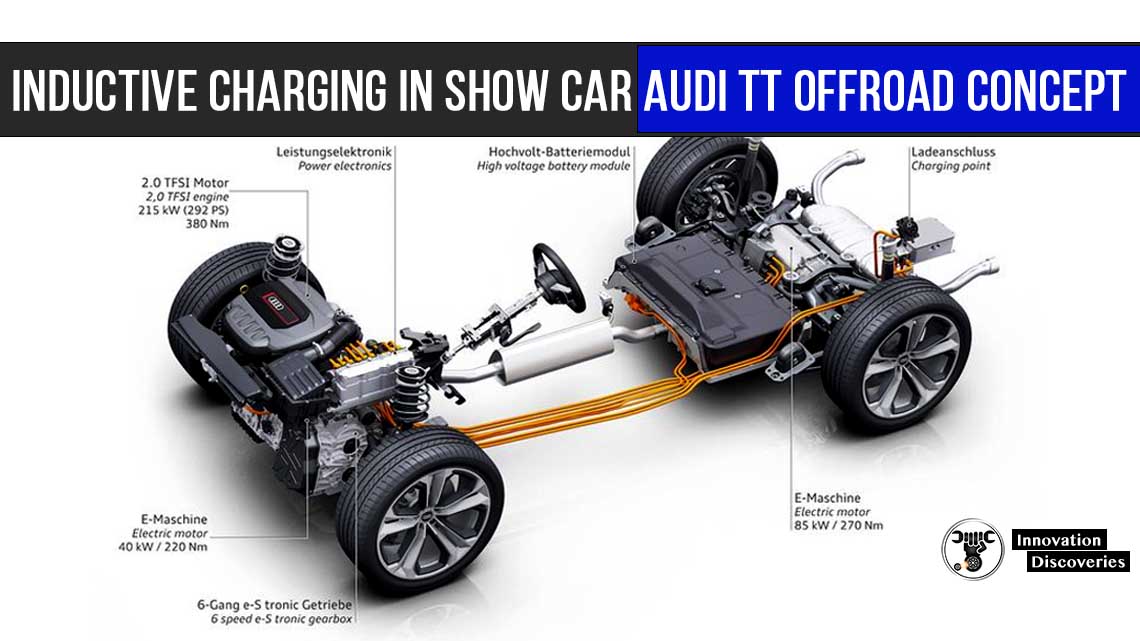
The plug‑in hybrid drive in the Audi TT offroad concept delivers 300 kW (408 hp) of system output and 650 Nm (479.2 lb‑ft) of system torque.
The show car accelerates from 0 to 100 km/h (62.1 mph) in 5.2 seconds and reaches the electronically governed top speed of 250 km/h (155.3 mph) without any trouble.
It consumes just 1.9 liters of fuel per 100 kilometers (123.8 US mpg), a CO2 equivalent of 45 grams per kilometer (72.4 g/mile).
The Audi TT offroad concept can drive over 50 kilometers (31.1 miles) solely on electric power and thus with zero local emissions, and has a total range of up to 880 kilometers (546.8 miles).

In front of the rear axle is a liquid-cooled, lithium-ion battery comprising eight modules.
It contributes to the balanced 54:46 weight distribution between the front and rear axles and the low center of gravity.
The battery stores up to 12 kWh of energy, enough for an electric range of 50 kilometers (31.1 miles).
An Audi wall box, which manages the energy feed conveniently and intelligently and can deal with a variety of voltages and outlets, is used for stationary charging.
The show car is also designed for use with Audi Wireless Charging technology for contactless inductive charging.
The infrastructure side – a plate with a coil and an inverter (AC/AC converter) – is placed on the parking spot of the Audi TT offroad concept and connected to the power grid.
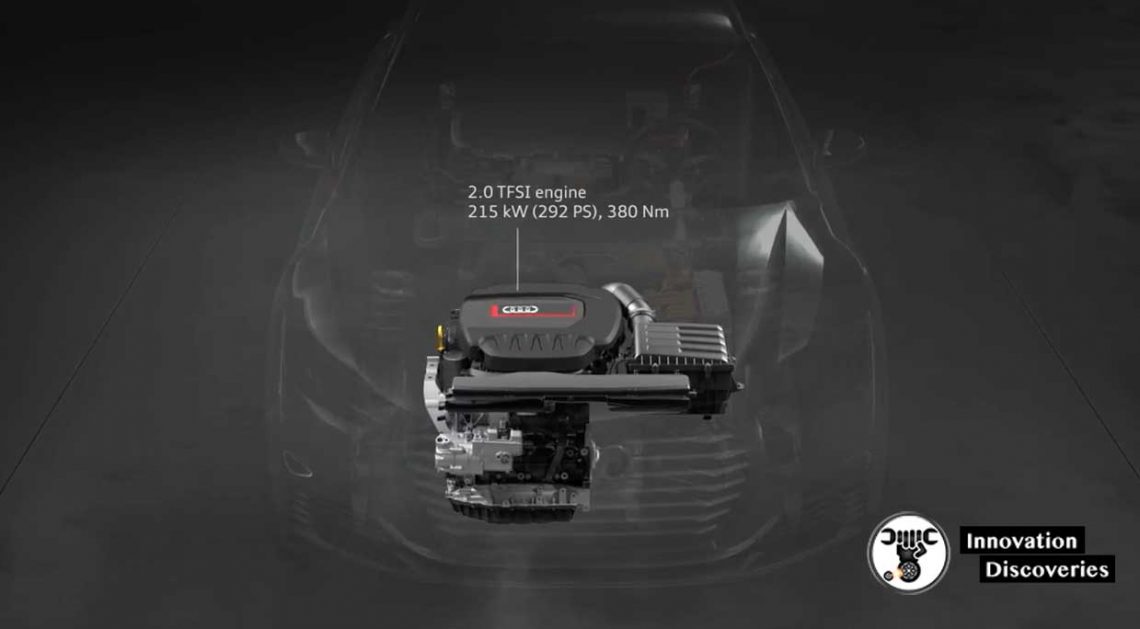
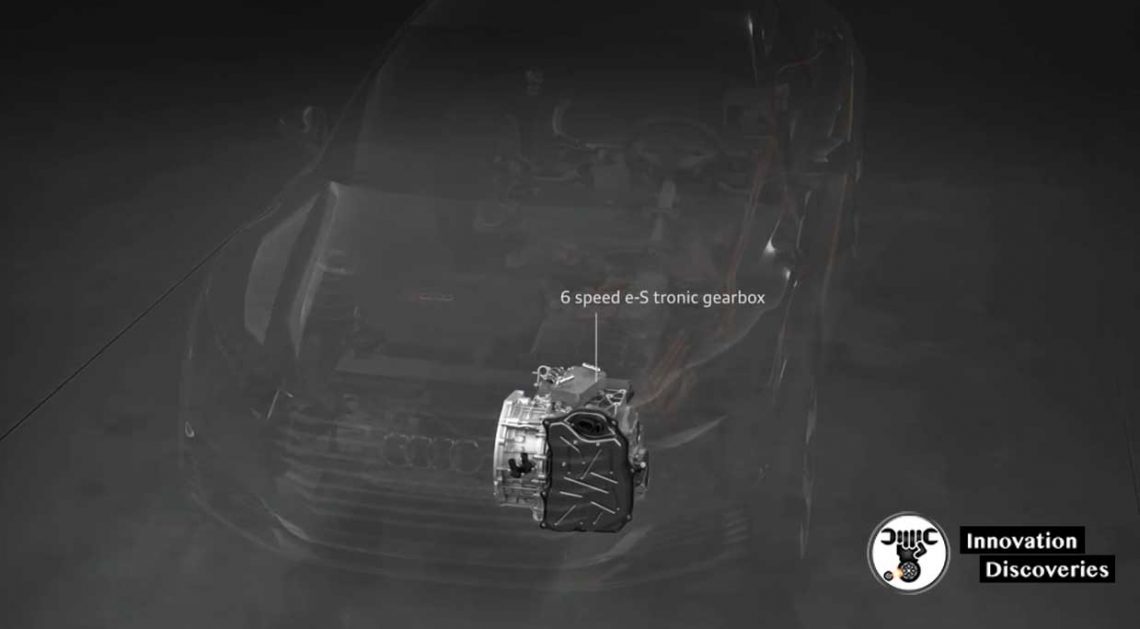
The charging process begins automatically when the car drives onto the plate.
The alternating magnetic field of the infrastructure side induces a 3.3 kW alternating current across the air gap in the secondary coil, which is integrated into the vehicle.
The current is inverted and fed into the electrical system.
Charging stops automatically when the battery is fully charged.
It takes about as long as charging via a cable, and the driver can interrupt the process at any time.
The Audi Wireless Charging technology is more than 90 percent efficient and is not affected by weather factors such as rain, snow, or ice.
The alternating field, which is only generated when a car is on the plate, is not harmful to people or animals.
Remember: Figures depend on the tires/wheels used.
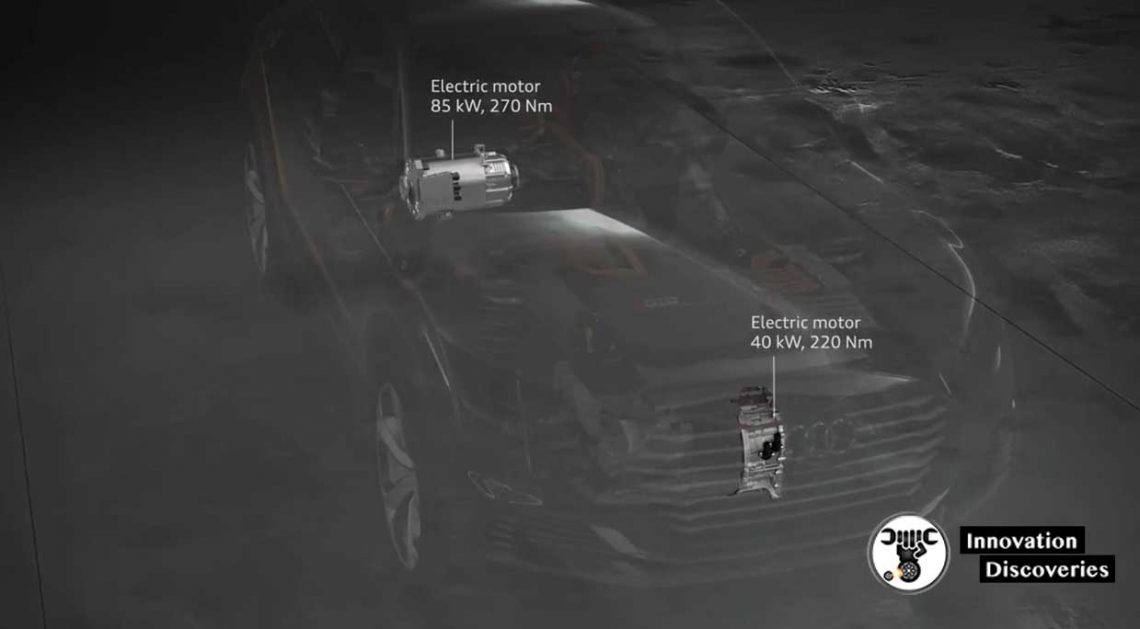
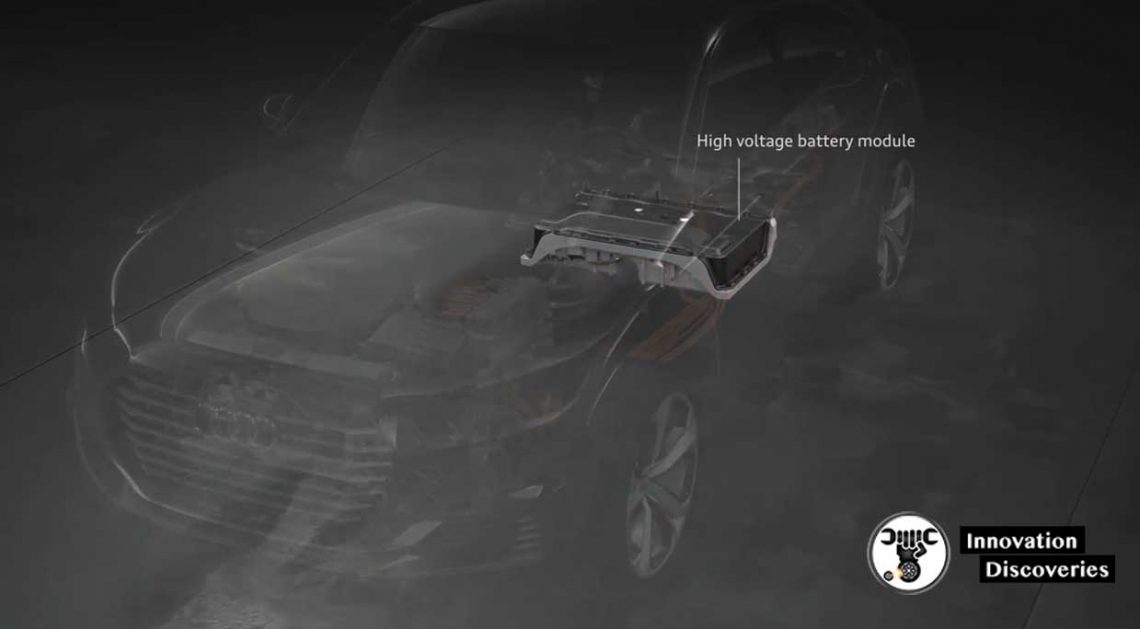
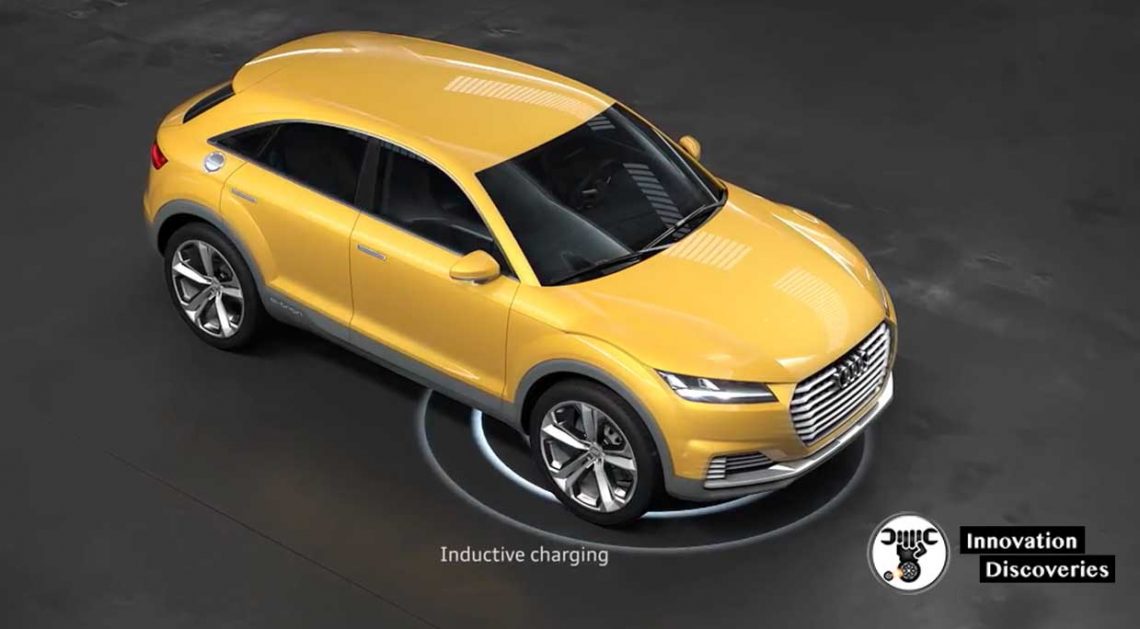
RELATED VIDEOS
Visit Forum
Visit Our Friendly Website


